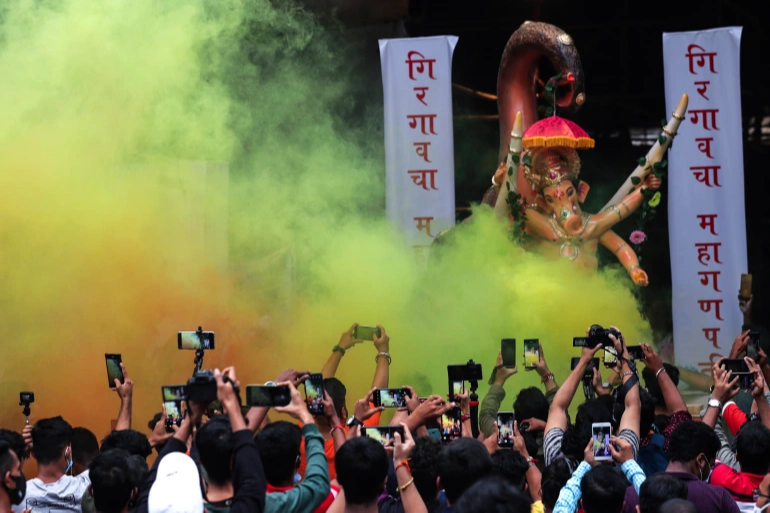
India prepares for the worst ahead of possible COVID third wave
New Delhi, September 8 (RHC)-- As COVID-19 cases and deaths exploded in India in April and May, New Delhi’s premier Sir Ganga Ram Hospital and several others ran so short of oxygen that many patients in the capital suffocated.
When the Reuters news agency visited the hospital, its last coronavirus patient was readying to leave after recovery – a remarkable turnaround health experts attribute to growing levels of immunity from natural infection and vaccinations.
But hospitals have learned from bitter experience during the second COVID-19 wave, when funeral pyres burned non-stop and bodies littered the banks of the holy Ganges river, as the country braces for another possible surge in infections around its September-November festival season.
Beds have been added at facilities around the country and hospitals are working to ensure ample supplies of oxygen.
Ganga Ram is raising its oxygen storage capacity by 50 percent, has laid a one-km-long (0.6 mile) pipeline carrying the gas directly to COVID-19 ICUs, and is installing equipment to keep the oxygen flow high. It has also ordered an on-site oxygen-generation plant, which are mostly made in Europe and can take months to arrive given the surge in demand globally.
“In light of the possibility of the emergence of coronavirus mutants, with higher transmissibility and immune escape, the hospital continues to prepare for the worst,” said Dr Satendra Katoch, the medical director of the hospital, in between guiding colleagues doing an internal audit of its facilities. The crowded private hospital, however, said it had no scope to add more beds.
During the peak of India’s second wave, Ganga Ram expanded its capacity by nearly 50 percent to about 600 beds but even so, some 500 patients per day had to be put on a waiting list for admission, according to physician Dr Varun Prakash, who managed its war room during the crisis.
Nationally, India has added many more hospital beds in the past few months and imported more than 100 oxygen carriers to raise the total to about 1,250.
Companies such as Linde are planning to lift the country’s overall output of the gas by 50 percent to 15,000 tonnes a day.
Linde told the Reuters news agency it had retained 60 of some 80 cryogenic containers – meant to hold super-cooled oxygen – it had brought in from the company’s overseas operations, in case demand shot up again.
“The distribution infrastructure and logistics fell short during the second wave,” Linde South Asia head, Moloy Banerjee, said.
The federal government, meanwhile, has approved the construction of nearly 1,600 oxygen-generation plants at hospitals, though fewer than 300 had been set up as of early last month as imports take time.
Almost all states are readying special paediatric wards as some experts warn unvaccinated children could be vulnerable to any new virus mutations. States including Madhya Pradesh are also stocking up on anti-viral drugs such as Remdesivir.
But with a government survey estimating as many as two-thirds of Indians already have COVID-fighting antibodies through natural infection, and 57 percent of its adults with at least an initial vaccine dose, many health experts believe any new outbreak of infections could be much less devastating than the second wave.
“The number of susceptible persons will be less now, as many persons have been infected or vaccinated,” said epidemiologist and cardiologist Dr K Srinath Reddy, the president of the Public Health Foundation of India.
“Even if reinfections or breakthrough infections occur, they are likely to be mild and mostly managed at home. The serious gaps in health-service delivery that were evident in the second wave are less likely to be seen.”
Kerala is seeing such signs already. The southern state currently has the highest number of infections, including many among vaccinated or partly vaccinated residents but its death rate is well below the national figure.

